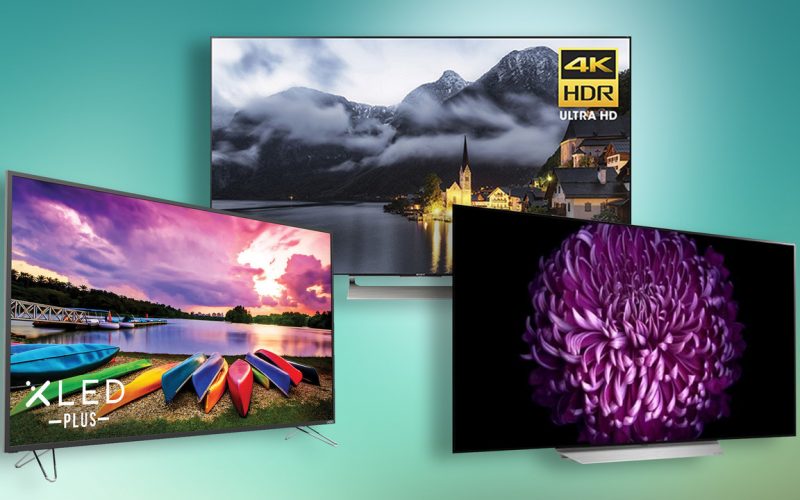
TV antennas might seem like a relic of a bygone era, when the number of channels you received could be counted on one hand. But as consumers try to trim their ever-escalating cable and satellite TV bills, antennas are making a comeback.
Consumer Reports just finished testing 10 indoor HDTV antennas in all shapes and sizes in urban and suburban homes, and found that testers in most of these locations were able to receive dozens of free over-the-air channels. (Outdoor antennas tend to perform better than indoor HDTV antennas, but they’re not practical for everyone.)
That’s good news for the growing number of people who are dumping traditional cable packages and turning instead to lower-priced streaming video services, such as DirecTV Now, Sling TV, and YouTube TV.
Market research firm Parks Associates says that one-fifth of U.S. homes with broadband access now use an antenna to get live TV. “Digital antennas are experiencing a resurgence as consumers consider over-the-air TV and OTT [over-the-top] video services as alternatives to pay TV,” says Brett Sappington, Parks’ senior director of research.
One drawback to streaming video services is that you can’t always get all your local channels as part of the plan.
An indoor HDTV antenna can help fill that gap for you.
If you live near a major TV market, you’ll probably get many local stations—ABC, CBS, Fox, and NBC, plus PBS and Telemundo—using an HDTV antenna. Websites such as as AntennaWeb.org and TV Fool, and the FCC’s DTV Reception Maps page can give you an idea of which stations you might expect to receive in your area.
In addition to an HDTV antenna, all you need to watch your local stations is a TV equipped with a digital TV tuner, something included in almost all TVs since 2007. (Some Vizio SmartCast TVs lack a tuner.)
As a bonus, the picture quality you get from your indoor HDTV antenna might be better than what you get from cable. “The signals may be less compressed,” says Claudio Ciacci, lead television tester for Consumer Reports.
[“Source-winknews”]










